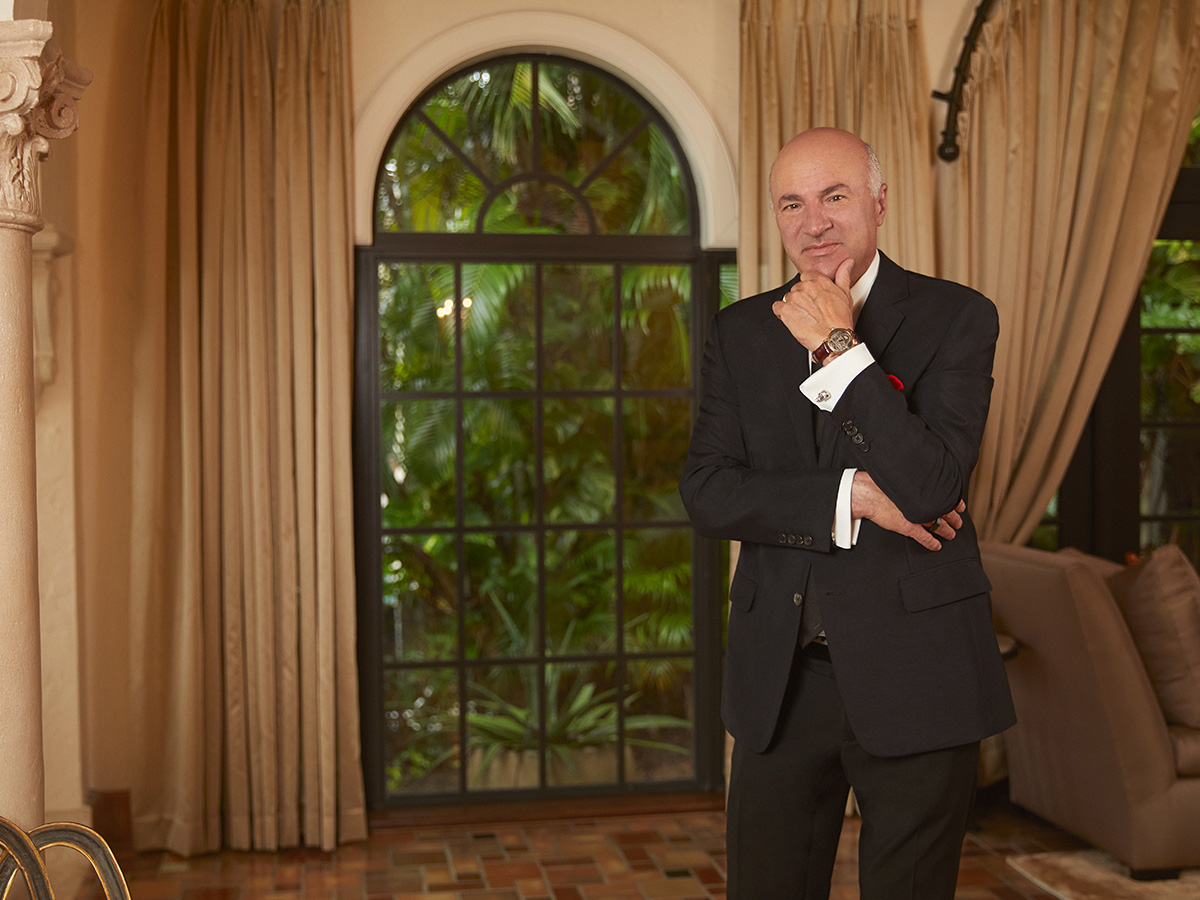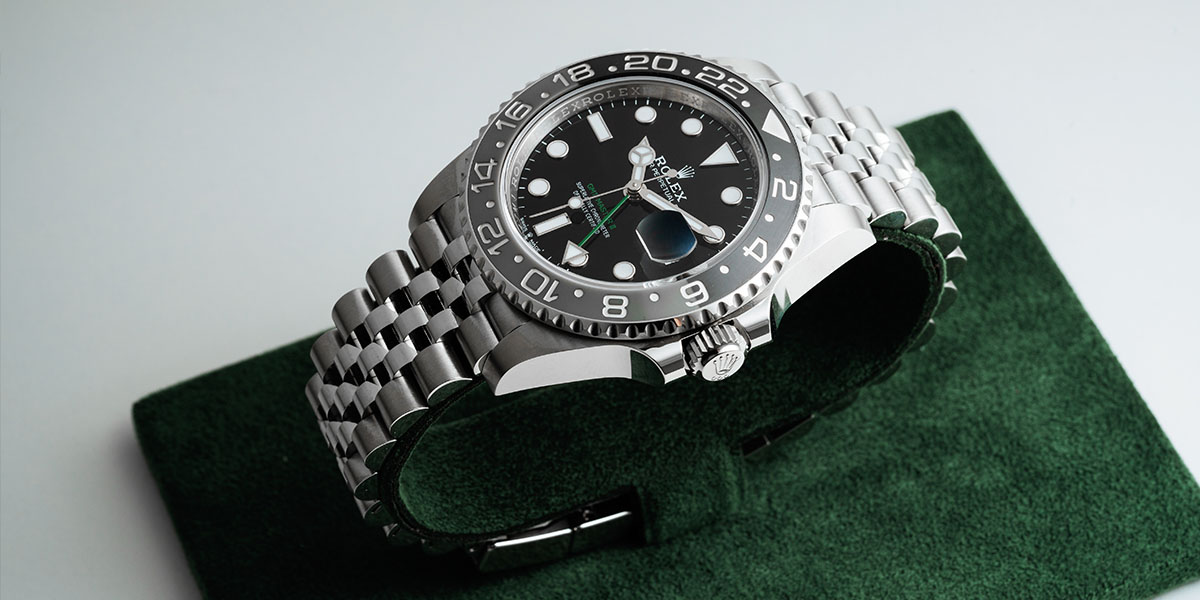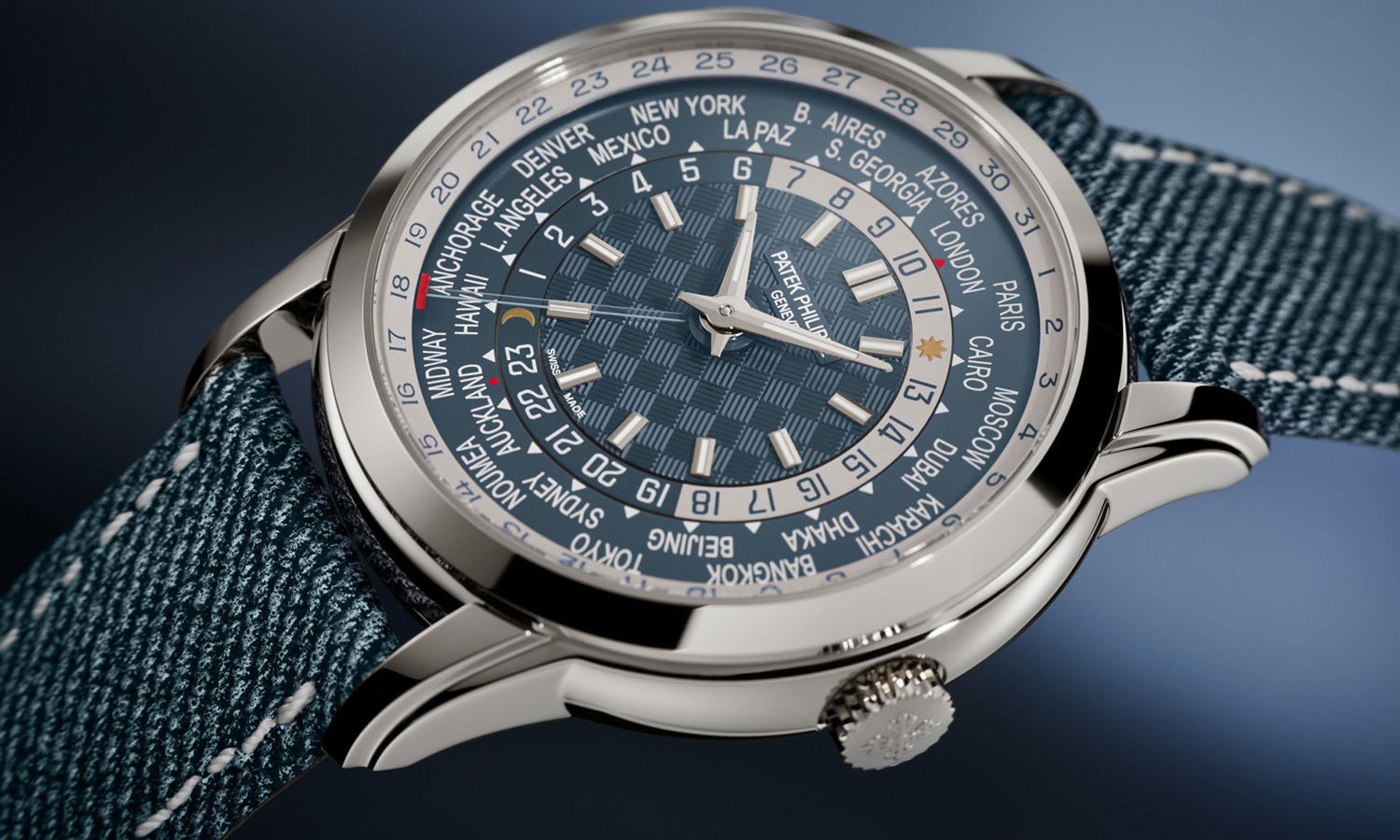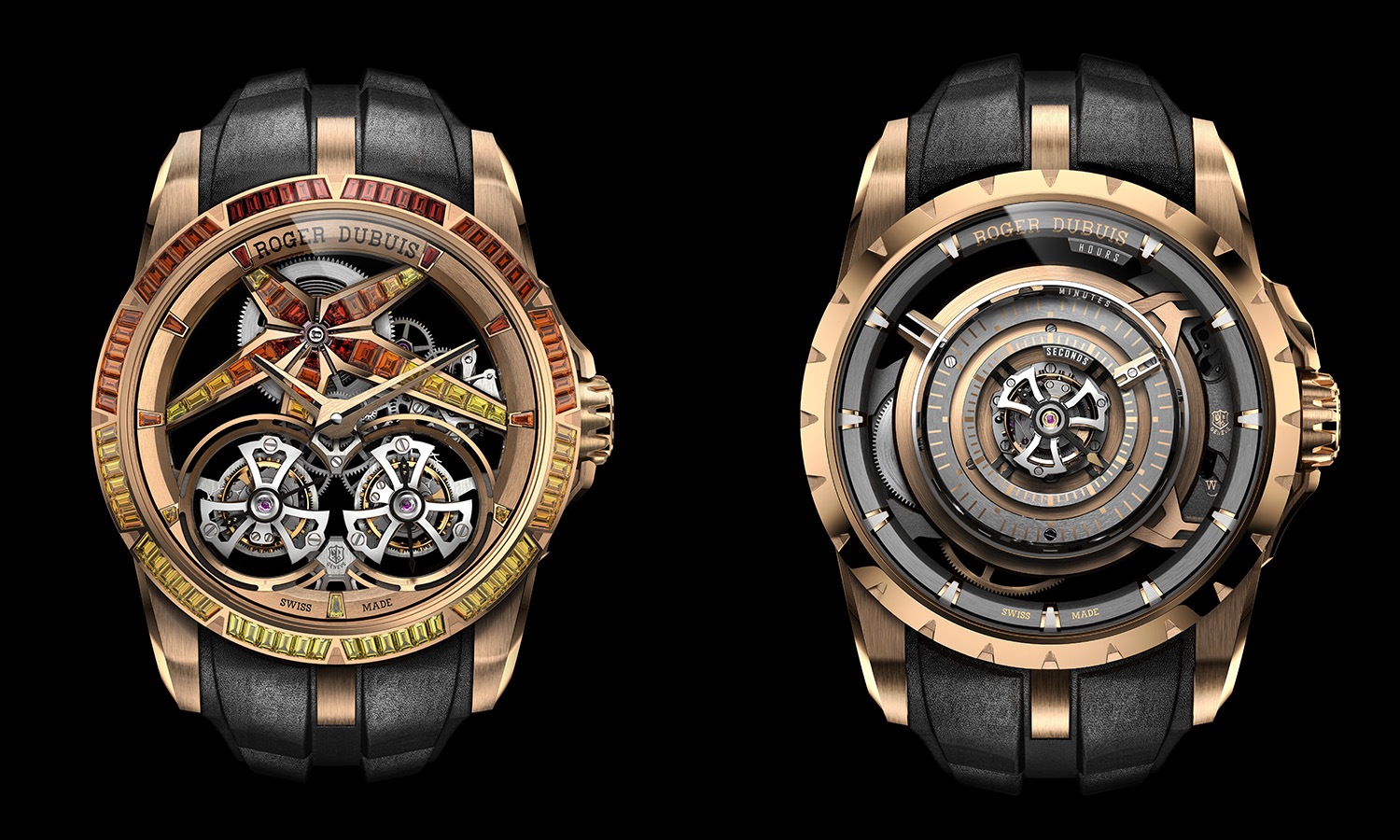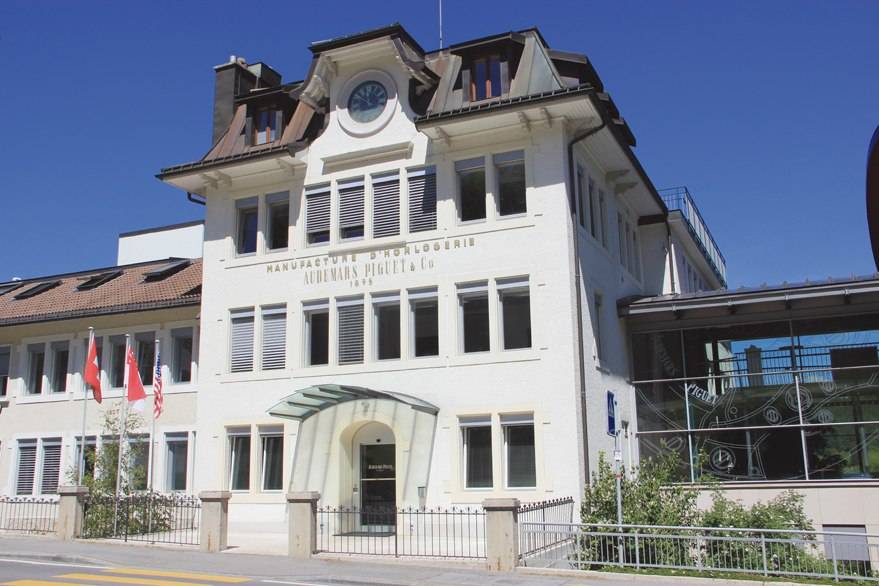
At Home in Le Brassus: The Family-Owned Manufacture of Audemars Piguet
If there was ever one moment during our tour of the Audemars Piguet manufacture that encompassed the identity of the brand, it’s when we stood on the second floor of the original manufacture, looking out of the same windows Jules Louis Audemars and Edward Auguste Piguet once faced, back in 1875.
Little has changed since. In front of us stood the same Swiss hill, lined with wooden cottages and pine trees that the founders would have contemplated while working on their very first watches. It’s a view that Audemars Piguet has protected throughout the years, and we would soon find out why.
While the brand is perhaps best known today for having introduced high-end sports watches into the modern era through the Royal Oak, it also boasts a proud timekeeping heritage. One of the people in charge of it is industry expert and Audemars Piguet’s historian Michael Friedman, who showed us some of the most historically important timepieces the brand has ever made.
The museum holds some of the “rarest and most relevant watches” in the industry according to Mr. Friedman, including an example of the brand’s first perpetual calendar wristwatch. Made in three examples in 1955 and six examples in 1957, “it was the first wristwatch made in a series to feature perpetual calendar with leap year indication,” explained Mr. Friedman. A definitive step forward, which placed the brand in front of most. Besides it, a triple calendar chronograph with phases of the moon, a watch that is unique because it “pre-dates reference numbers.” Made in 1941 from a block of 18-carat yellow gold, it is one very few examples containing the complication, that is known to have survived. Luckily, Audemars Piguet’s library holds information of every timepiece ever sold, including the date and reference number. Even today, Audemars Piguet continues the bookkeeping tradition, and if you’re a collector, your name could be in ink somewhere on the shelves in Le Brassus.
That includes anyone who has bought one of the brand’s 2014 novelties. Watch enthusiasts are a difficult bunch to please, particularly when it comes to tinkering with one of their favorite designs. But this year, the independent brand made the perfect homage for its icon, the Royal Oak Offshore.
Instead of introducing a radical redesign, Audemars Piguet made subtle changes to the new collection, re-sizing the crown, pushpieces and guards, and replacing the black rubber used for the pushpieces and crown with ceramic. The numerals were made more pronounced, and the sub-dials are now framed with polished raised borders. Even the iconic “Méga Tappiserie” dial was enhanced with a sharper cut.
Parallel to the new Offshore 42mm collection, Audemars Piguet released the equally impressive Royal Oak Offshore Tourbillon Chronograph, in platinum. While the manufacture conservatively calls this timepiece a “sophisticated chronograph,” it’s nothing but exceptional. This chrono-tourbillon is housed in a solid 950 platinum case and features a wealth of opulent detailing.
It features an openworked dial at 6, 9 and 12 o’clock, with a silver-toned counter, Arabic numerals and white gold Royal Oak hands with luminescent coating. Inside, it houses the Calibre 2933, a manually- wound movement made from 291 components, and boast a monster 10-day power reserve. Of course, its price is also monstrous at $313,900.

Audemars Piguet’s chief artistic officer describes working on iconic pieces such as the Royal Oak or the Royal Oak Offshore, as a delicate balancing act. “Our role as designers is to curate the [Royal Oak] collection, giving it a contemporary design language while maintaining all the things that make it so recognizable,” said Garcia, who worked on the redesign of the indexes and hands for the 40th anniversary Royal Oak in 2012, “because contrary to Genta’s initial work I wanted the indexes and hands to have the same formal language as the case and the bracelet, so they are sharper.”
Garcia had spoken to Genta many times about his designs and the vision he had for them, so he was very confident when it came time to tune “El Maestro’s” concept. But if the thread of the past continues to weave its way through the Manufacture, there’s a renewed sense of creativity behind the watchmakers’ benches.
According to an Audemars Piguet source, the average age of a manufacture employee is approximately 28 years old. That’s because a lot of the crafts aren’t taught in school, and many young talents join the manufacture instead of applying to university.
The watchmaking industry is ever present in the lives of the Vallée de Joux. In many ways, it’s similar to what the auto industry is to Detroit. The only difference is the direction in which the industry is going. But it hasn’t always been this way.
The industry suffered too, in the 1970s, during the ill-fated “Quartz Revolution.” Because of it, very few locals born in the 1980s grew up with the same aspirations as the generation before them. But since the industry is back and stronger than ever, there’s a big demand for young talent, and it’s a lucrative career option for gifted men and women.
If Audemars Piguet is known as one of the oldest independent brands in the industry, youth has always been a defining character of the brand’s craftsmen. Jules Louis Audemars and Edward Auguste Piguet were themselves just 24 and 22 years old when they founded the company in 1875.
Even today, the company is led by the ever energetic François-Henry Bennahmias, and it’s hard to believe the CEO is turning 50 the same year he’s inviting Tinie Tempah to the launch of the new Royal Oak Offshore collection.
One thing is for sure: when you look at the talent on display in the manufacture, it certainly looks like Audemars Piguet’s future leaders are already in the family.
At least, they can take the example of Giulio Papi, prodigy turned master, and now head of the brand’s think-tank.
The Swiss watchmaker worked at Audemars Piguet’s skeletonization department before he and coworker Dominic Renaud decided to partner and create Renaud & Papi in 1986.
Very quickly the pair established themselves as game changers by introducing new complications to a number of established brands, and in 1992, only six years after breaking away from Audemars Piguet, its former parent company bought a controlling stake in the think-tank. The only condition set by Renaud and Papi was to keep working with other brands. That’s proved to be a sound decision, and it’s helped Audemars Piguet guide the rest of the industry.
At the helm of APRP, Giulio Papi continues to oversee the development of high-end complications. The company’s director had one of the most unique pieces on his wrist during our visit, a Royal Oak Perpetual Calendar in steel with platinum bezel. While he admits to polishing the bracelet, Mr. Papi refuses to touch the bezel, saying the scratches are “part of its story.”

Parts for the latter are cut using CNC machines and then manually finished, with polished bevels, grained finishing on top and matte ‘brouillé’ finishing underneath. The case is platinum, with a black ceramic bezel, while the crown and pushpieces are also ceramic.
Today, APRP works hand in hand with Mr. Mille and his team towards the development of the brand’s most complicated and sophisticated movements, as well as parts such as the titanium skull for the RM 052 Tourbillon Skull or the tourbillon cage of the Richard Mille RM 38-01 G-Sensor Tourbillon Bubba Watson.
Some might argue that Audemars Piguet and Richard Mille are direct competitors, but they are barking before danger. The way people are collecting nowadays, they most likely have watches from both brands. If they don’t have at least one of each, it’s definitely what they’re aiming for. Clearly, both brands are making the right moves, and that includes working together.
Audemars Piguet Brings Le Brassus Experience To Los Angeles
While the Audemars Piguet manufacture remains firmly in place in Le Brassus, the brand has been flying out some of its museum pieces to collectors worldwide.
In October, Audemars Piguet hosted an exclusive master class at Westime Peninsula Beverly Hills. Haute Time invited 12 VIP collectors to experience a bit of Switzerland themselves, and test their crafting skills by taking apart and putting watches back together under the supervision of Technical Trainer, Gary Cruz.
Collectors were also shown a dozen or so of the brand’s rarest watches from the Museum’s permanent collection, brought over for the first time from Switzerland just for the occasion.
“Increasingly, we are looking to bring a little bit of Le Brassus experience to these classes, to show where the brand comes from,” said Michael Friedman. “As collectors now have the opportunity to discover the pieces, their interest increases, and I love seeing that.”
Collectors added an Audemars Watchmaking Master Class Certificate, signed and sealed by Xavier Nolot, Audemars Piguet’s North America CEO, and Claudio Cavaliere, the Audemars Piguet global ambassador, to their watch collection.
 SIGN UP
SIGN UP
















